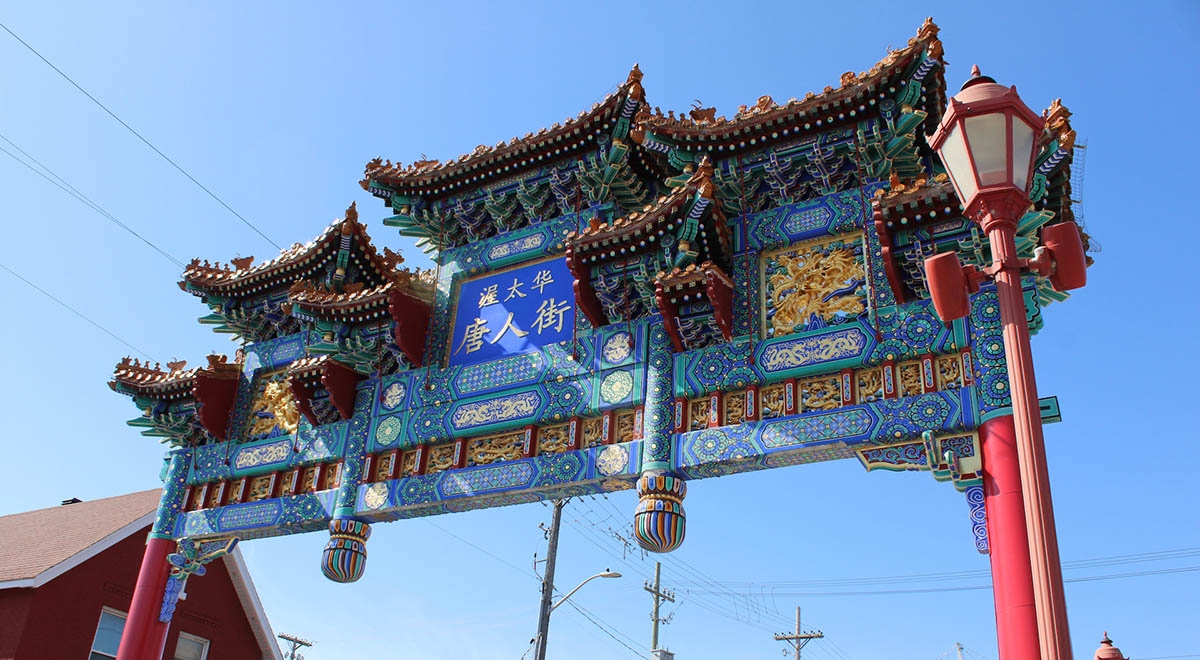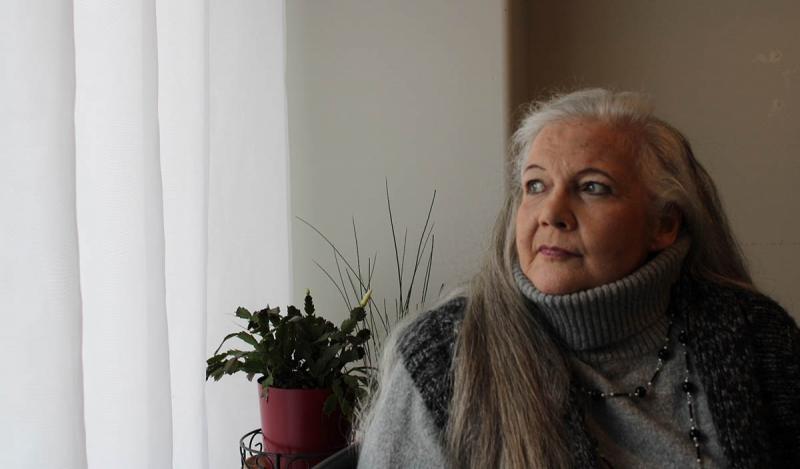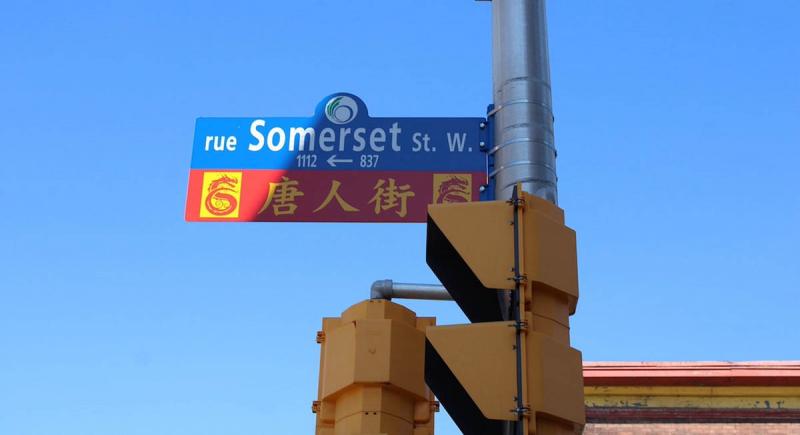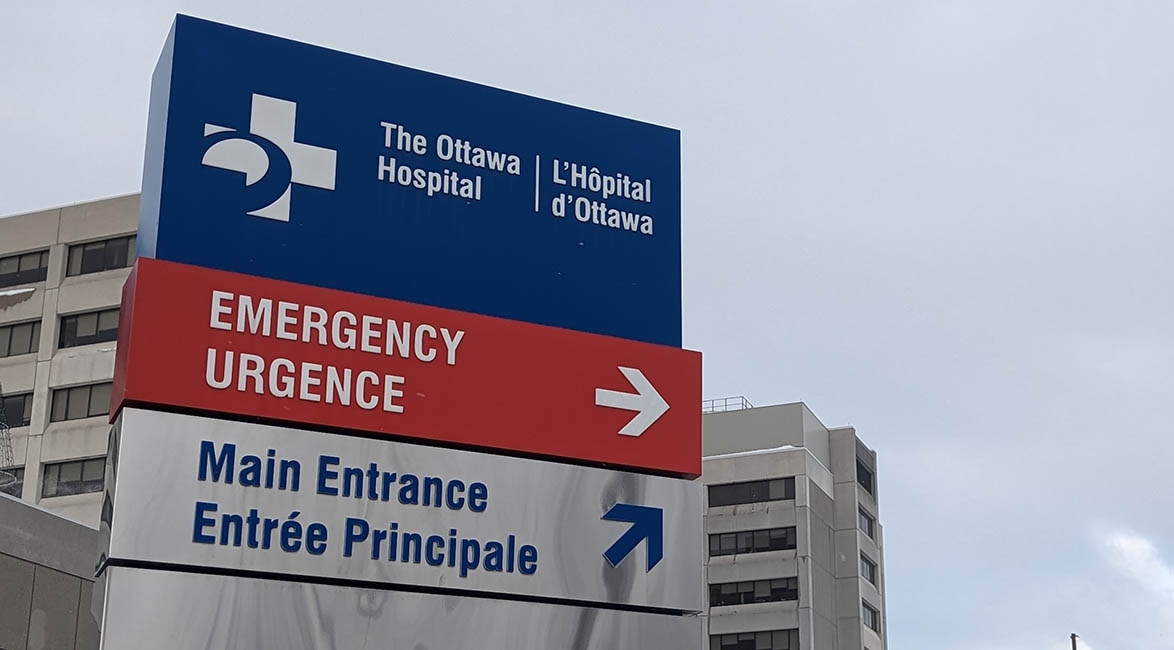
In Search of Chinatown
ABOVE: The Royal Arch welcomes everyone to Chinatown.
Story and photos by Nathan Drescher
Take a look at the Ottawa Tourism website, and you would be forgiven for mistaking Chinatown for a sprawling destination full of markets, festivals, and trinket shops.
But Ottawa’s iconic Chinatown is not much more than a strip of Somerset Street surrounded by quiet residential roads and playgrounds. What began as a working-class neighbourhood only became an official Chinatown in the 1980s.
All of which leads to the question: what is Ottawa’s Chinatown? What does it want to be? At its heart, Chinatown is a residential neighbourhood that the city really wants to develop into an economic tourist hub. It’s not there yet.
From a tourist’s point of view, Chinatown has some fantastic restaurants and a splash of Asian colours. The big Chinese gate, which welcomes visitors approaching along Somerset from the downtown core, called the Royal Arch, answers any questions tourists may have — THIS is Chinatown.
It’s a great start. But the moment visitors veer away from Somerset, they’ll find themselves surrounded by houses, splash pads, trees, and the odd convenience store. It’s downright quiescent.
Most local residents of Chinatown would agree. Marion Steele is one such person. She spent ten years living and working in the Chinatown area and knows the neighbourhood intimately.
“I lived on Rochester Street on one side of Somerset and worked on Rochester Street on the other side. I would walk to work every day,” Steele said as she sipped on a coffee lit by spring sunlight coming in through a patio door next to her. She lived alone in Chinatown and moved to Stittsville at the beginning of the COVID-19 pandemic to be closer to her daughter’s family. “I miss that area.”
Steele depended on Chinatown’s businesses. She bought her groceries there and had a pharmacy where she would fill all of her prescriptions.
“They had a traditional Chinese doctor there [at the pharmacy] who would look at my tongue and my hands and instantly tell me what was wrong with me,” Steele perked up in her chair when she began reminiscing about the doctor. “I don’t think she’s there anymore, but I went to her for everything.”
Steele frequented many of the Asian restaurants on Somerset.
“I would go out every weekend. Sometimes I would take my teenage son. Usually, I met with friends,” She said. “Weekends were always busy. Every restaurant was packed with locals.”
One thing Steele doesn’t remember is seeing many tourists.

ABOVE: Longtime Chinatown resident Marion Steele says that the area felt like a neighbourhood.
“You’d see a few in the summer, when there was something going on like an art show or a festival. But I always thought these were community businesses. The owners and the locals, we all knew each other,” She said. “Chinatown is definitely a neighbourhood more than a tourist destination, but I would like to see more tourism to help keep these businesses alive.”
Long overshadowed by the ByWard Market and the Rideau Canal, Ottawa’s Chinatown has nevertheless created its own identity as somewhere tourists might want to check out. This pocket of 35,000 residents and 100 businesses stands out thanks to its unique Asian flair and that big Chinese gate.
Chinatown began as an Italian and Irish working class neighbourhood. Multiple Catholic cathedrals in Chinatown give testament to its history. Further muddying the neighbourhood’s identity, 60 per cent of its residents still identify as Roman Catholic, according to the 2016 census.
However, the area has a long history with Chinese and Korean people. The first Chinese labourers moved in alongside the Irish and Italians during the building of Canada’s national railroads in the 1880s. All three ethnic groups endured bigotry and were ostracized from Anglo Ottawa society, so what is today Chinatown and Little Italy began as an ad hoc multicultural ethnic enclave.
Then came the First World War. The global turbulence of those times saw hundreds of Chinese immigrants flock to Ottawa. Many of them set up businesses along Somerset Street. This was where they were accepted and where many of their relatives already lived. As the capital of this young country grew in prominence, Somerset took on its unique Asian look and feel.
There were failed attempts to have the city recognize the region as “Chinatown” during the 1940s, but racism and another global war quickly shut down those aspirations. That same movement surfaced again in the 1970s as hundreds of Vietnamese refugees flocked in.

ABOVE: Chinatown wants to be a tourist attraction to rival the other great Ottawa destinations.
This time they were successful. Ottawa recognized the area as Chinatown in 1982 and classified it as the Chinatown Business Improvement Area in the 2000s.
Yukang Li is the Executive Director of the Chinatown BIA. He sees Chinatown as a tourist area and is devoted to helping it grow as such.
“People come here to see the culture, to taste the food, to shop for souvenirs from different cultures,” Li said. “Every Chinatown in any city is a tourist destination.”
The Chinatown BIA is a not-for-profit organization established by the City of Ottawa. Its purpose is to help businesses in the area grow by coordinating them with various levels of government and providing an overall vision.
“The BIA is responsible for the business owners which are our members,” Li said. “We communicate with governments of all levels to make sure our businesses receive support, and we pass on policy frameworks our business owners would like to see.”
“For instance, when there is a concern in the community about public safety or any concerns from our community members, we work with all the stakeholders to try to address that problem.”
Li is relatively new to the position. He started in July 2021, right in the middle of the COVID-19 pandemic.
“This is a part-time job for me.” Li said. “I saw this ad they put up looking for a candidate for this role, so I applied.”
Before becoming Executive Director of the Chinatown BIA, Li worked full time running a consulting business. Now he splits his duties between the two.
The previous two years have been extremely difficult for the Chinatown BIA. Li watched as businesses closed their doors.
“The government lockdowns closed our businesses,” he said. “Revenues have dropped by over 75 per cent for many businesses, and some have had to close. And we’ve seen some businesses with long history in Chinatown and they’ve had to close.”
Li gives an example. “The Oriental Chu Shing, one of the oldest Chinese restaurants in the city—they closed. They were not able to afford the rent.”
Li said his heart is with the business owners who lost everything, but he’s optimistic for the future. The Chinatown BIA has been trying to draw in tourists throughout the pandemic and hopes to see more come in the warmer months as the restrictions are lifted.
“We have been planning to draw in tourists throughout the whole pandemic period, to advertise Ottawa Chinatown as a tourist attraction, as a destination for people to get authentic Asian flavours, Asian groceries.” Li said.
The Chinatown BIA is also partnering with student artists across the city to collect multicultural artwork. The Chinatown BIA will display this artwork around Chinatown this summer. “When you come to Chinatown, we want you to say ‘Oh, this is different!’” Li said.
Back at the big Royal Arch gate, traffic jams up on both sides of the Bronson St intersection. It’s rush hour. Ottawans are trying to get home from work, and many of workers use Somerset as a conduit.
So far, there are few tourists, if any. It’s still early in the season and the pandemic restrictions have only just lifted. Business owners in Chinatown need to rely on locals for their income.
Thankfully there are plenty of them around. Chinatown’s residents outnumber businesses 1,500 to one. They all need groceries and haircuts and hot meals and coffee. These are the people keeping Chinatown alive during hard times, and they’re the people who continue to frequent the local businesses regardless of tourists.
All of which is to say that Chinatown is more neighbourhood than tourist attraction. The Chinatown BIA would love to see tourist dollars flood into Somerset Street, especially after the disaster that has been the past two years. But they would be remiss to forget the locals. The people like Marion Steele living and working in Chinatown are the true customers of this flavourful area.
Chinatown wants to be a tourist attraction to rival the other great Ottawa destinations. It’s not there yet. Instead, it can be proud to be a vital part of the city and home to 35,000 people.









